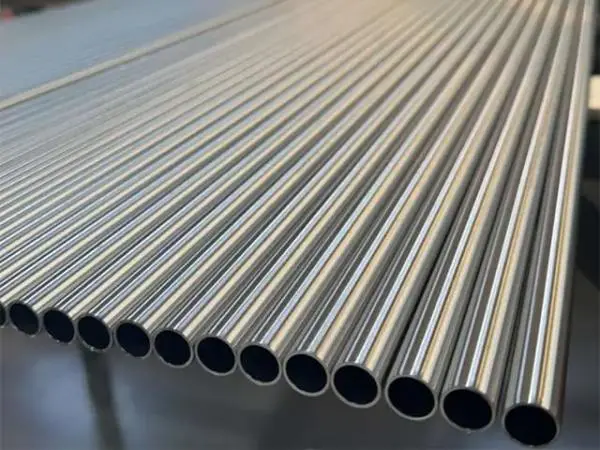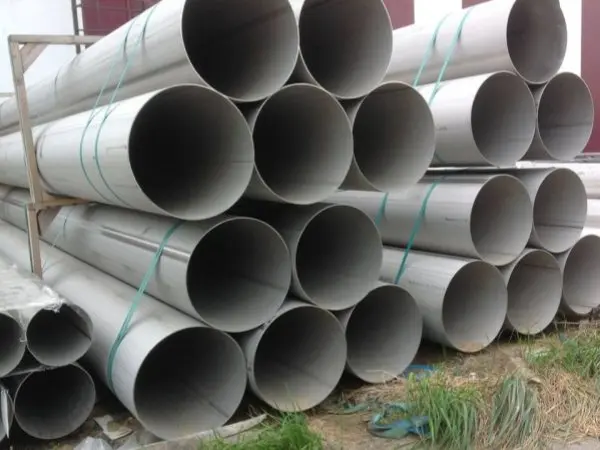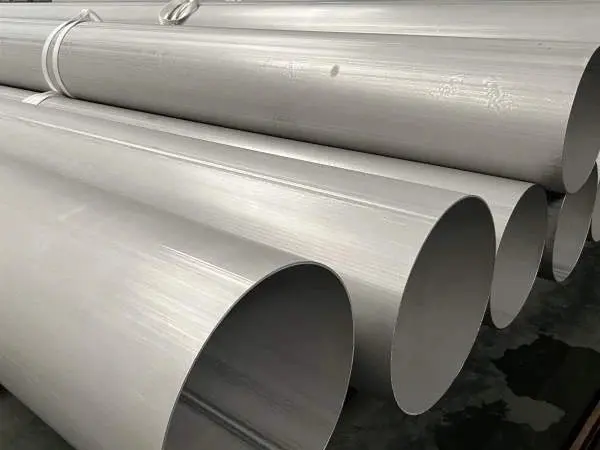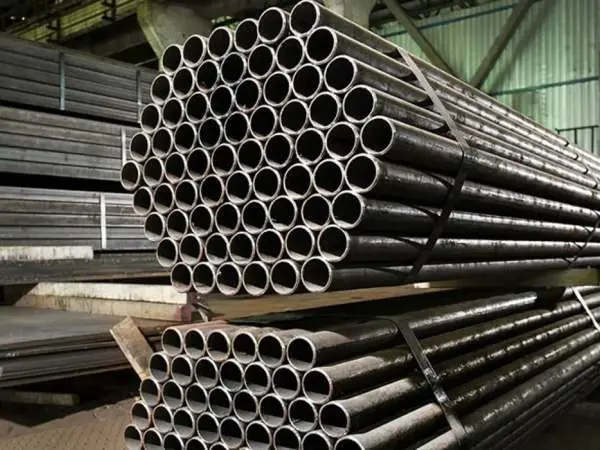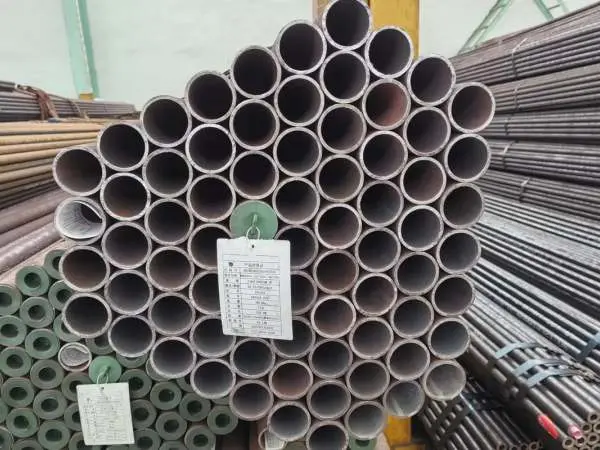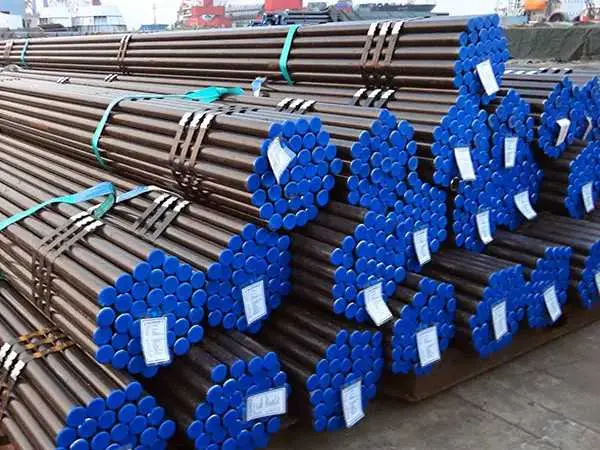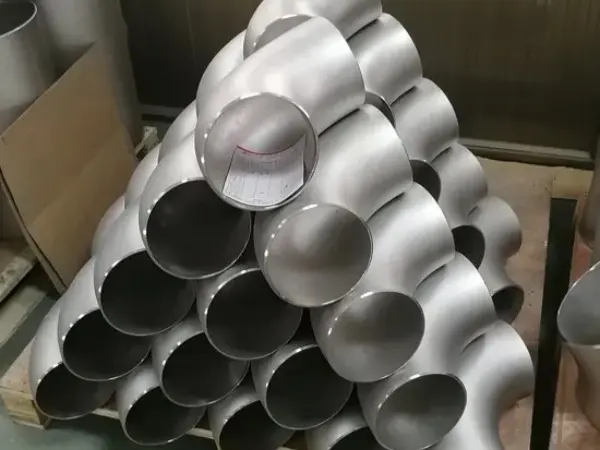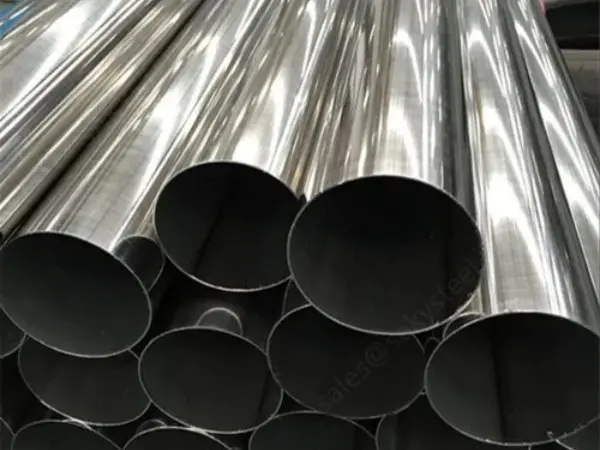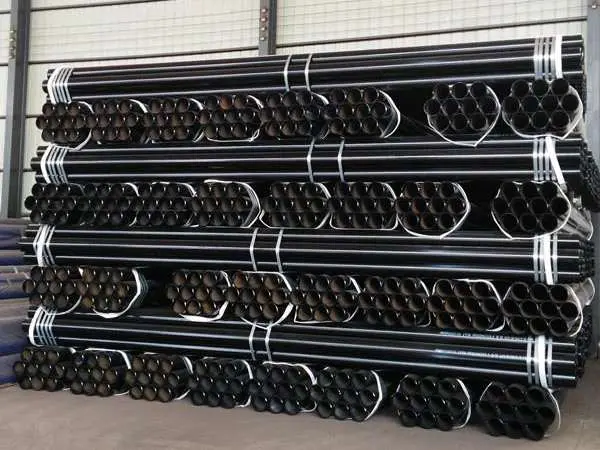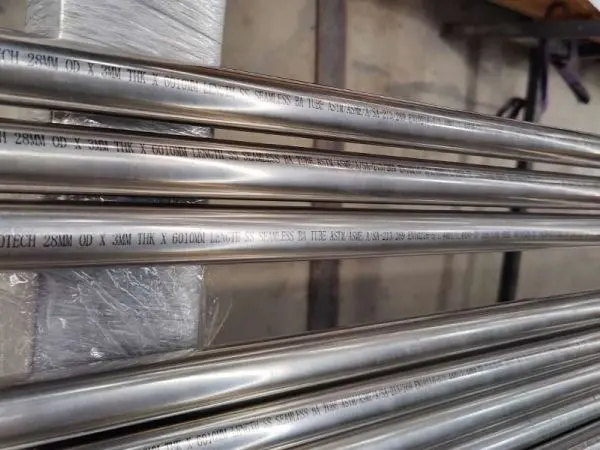-
2025-06-03Product News
Details of 304 precision seamless steel pipe
304 precision seamless steel pipe is a high-accuracy, smooth-surfaced pipe made from 304 stainless steel. It is commonly used in industries that demand tight dimensional tolerances and superior surface quality, such as chemical processing, food and beverage, pharmaceuticals, electronics, aerospace, and machinery manufacturing. As a widely used austenitic stainless steel, 304 offers excellent corrosion resistance and good workability, making it ideal for various structural and piping applications.
-
2025-06-03Product News
Will 304 stainless steel welded pipe rust?
In addition to iron, 304 stainless steel welded pipes contain alloying elements such as chromium, nickel, aluminum, and silicon. Among them, chromium plays a critical role, with content typically not less than 12% and often reaching 18%. The addition of chromium enhances the uniformity of the steel's molecular structure and promotes the formation of a dense, stable oxide film on the surface, significantly improving corrosion resistance. This article will briefly introduce whether 304 stainless steel welded pipe will rust.
-
2025-05-30Product News
Welding techniques for 316 stainless steel pipe
Welding plays a crucial role in the fabrication and assembly of stainless steel pipes, especially those made of 316 stainless steel. Renowned for its superior corrosion resistance and strength at elevated temperatures, 316 stainless steel is widely used in critical applications. However, welding this material demands precision and expertise to ensure structural integrity and prevent corrosion-related failures. This article outlines the key considerations, techniques, and post-weld treatments for successfully welding 316 stainless steel pipes.
-
2025-05-30Product News
Is 304 stainless steel welded pipe corrosion resistant?
In industrial and construction sectors, 304 stainless steel welded pipes are highly valued for their exceptional corrosion resistance and reliable performance in harsh environments. These pipes withstand degradation caused by atmospheric exposure, moisture, and a wide range of chemicals, making them a preferred material for critical applications. As industries continue to evolve and operating conditions grow more complex, higher standards are being set for the corrosion resistance of 304 stainless steel. This article explores the corrosion-resistant properties of 304 stainless steel welded pipes, highlights their real-world performance across industries, and discusses advanced methods to enhance their durability.
-
2025-05-28Product News
ASME SA312 TP321 stainless steel welded steel pipes
As a high-performance, multi-purpose industrial piping material, ASME SA312 TP321 stainless steel welded pipe plays a critical role across a wide range of industries—including petroleum, chemical, nuclear energy, aerospace, and food processing—thanks to its unique material properties and broad applicability.
-
2025-05-28Product News
ASTM A179 vs ASTM A192 seamless tubing
ASTM A179 / ASME SA179 covers cold-drawn seamless low-carbon steel tubes specifically designed for use in heat transfer systems such as heat exchangers and condensers. ASTM A192 / ASME SA192 applies to seamless carbon steel boiler tubes intended for high-pressure service. This article will introduce the key differences between ASTM A179 and ASTM A192 seamless tubing.
-
2025-05-27Product News
ASTM A179 high-temperature boiler tube
ASTM A179 / ASME SA179 high-temperature boiler tubes are cold-drawn seamless low-carbon steel tubes designed specifically for heat transfer applications such as heat exchangers, condensers, and low to medium temperature boiler systems. These tubes are known for their high dimensional accuracy, smooth surface finish, and excellent wear resistance, making them a preferred choice in industrial heat exchange systems.
-
2025-05-27Product News
Treatment methods for corrosion pits on the outer wall of boiler tubes
The outer wall of boiler tubes is frequently exposed to high temperatures, high pressure, and chemical environments, making it vulnerable to various forms of corrosion and pitting. These issues not only compromise the performance of boiler systems but also pose serious safety risks if left unaddressed. Below are the primary causes of corrosion on the outer wall of boiler pipes and effective treatment methods.
-
2025-05-26Product News
Factors affecting the polishing performance of stainless steel elbows
Stainless steel elbows are vital components in modern piping systems, known for their exceptional strength, corrosion resistance, and long-lasting durability. Typically manufactured from 304 or 316 stainless steel, these elbows provide high tensile strength and impact resistance, ensuring safe and stable fluid transport even under high pressure.
-
2025-05-26Product News
Thermal conductivity of 316 stainless steel pipe
Thanks to its durability and corrosion resistance, 316 stainless steel pipes are extensively used in industries such as chemical processing, marine engineering, food production, and pharmaceutical manufacturing. In addition to corrosion resistance, thermal conductivity is a crucial factor in engineering applications. This article explores the thermal conductivity of 316 stainless steel, its influencing factors, practical use cases, and comparisons with other metals.
-
2025-05-23Product News
Fire tube boiler tube
The fire tube boiler is a classic and cost-effective boiler design that has been in use since the 18th century. It operates by burning fuel within a furnace to heat water inside tubes, generating steam. Among its key components—furnace body, tubing system, flue, and control system—the boiler tube plays a critical role in determining overall performance.
-
2025-05-23Product News
What is a stainless steel precision tube?
Stainless steel precision tube refers to a type of stainless steel tubing manufactured with tighter dimensional tolerances, enhanced surface finishes, and superior mechanical performance compared to standard stainless steel tubes or carbon steel pipes. These high-precision tubes are engineered for applications that demand extreme accuracy, high cleanliness, and excellent corrosion resistance. Unlike regular stainless steel tubes, precision stainless steel tubing undergoes more rigorous quality control in terms of outer diameter tolerance, wall thickness, and surface treatment, ensuring minimum deviation and maximum performance. This makes it highly valued in high-tech, medical, and industrial applications.
